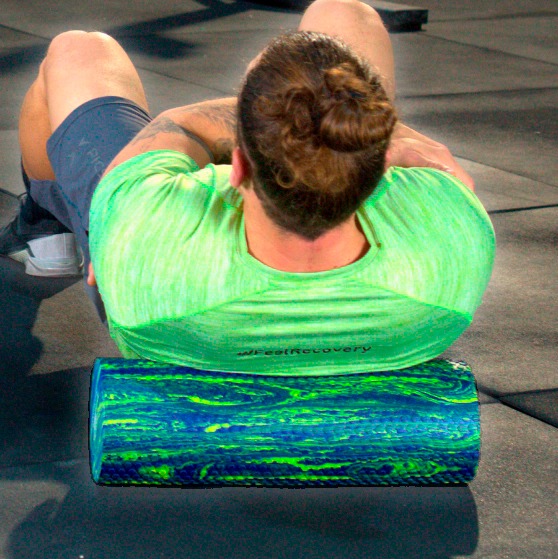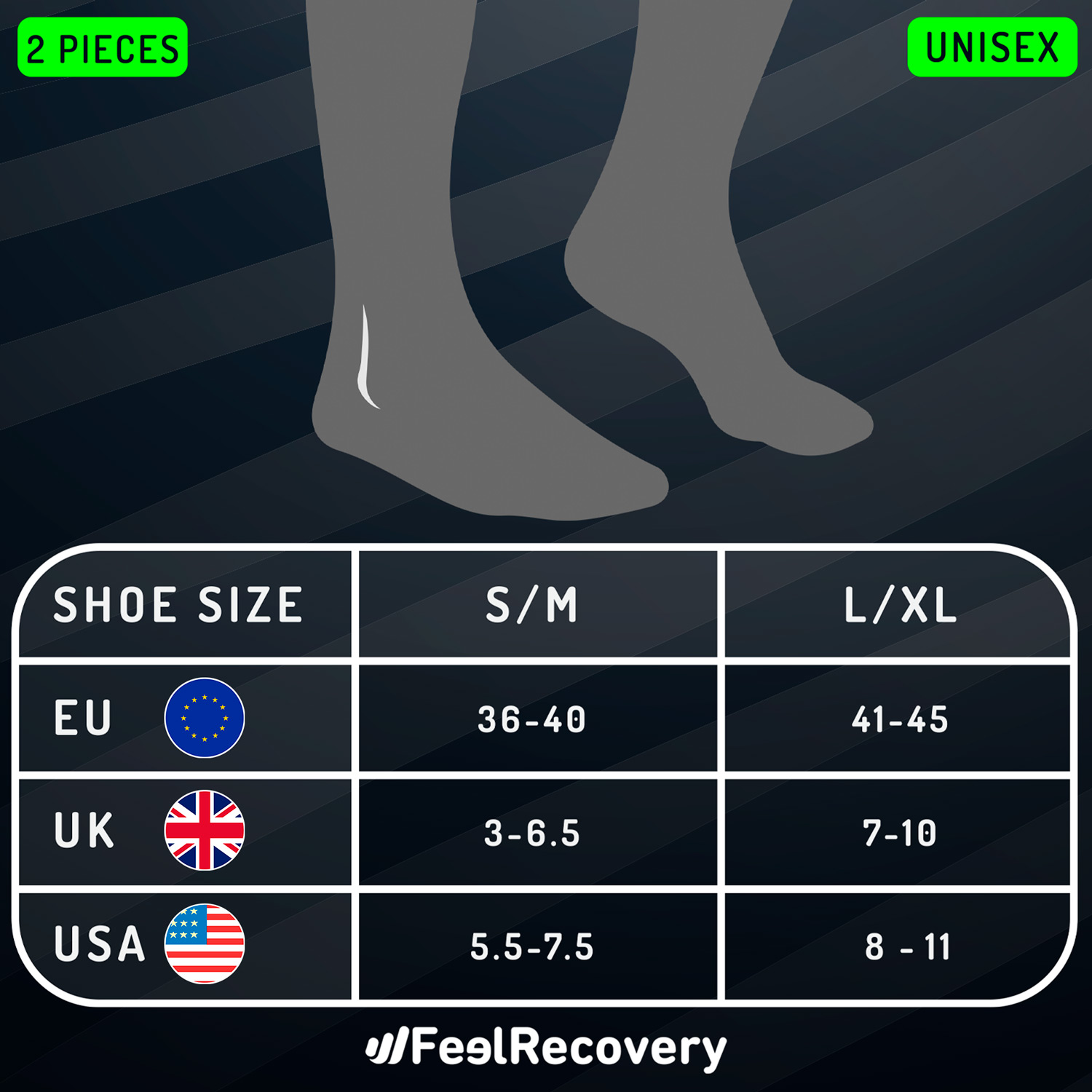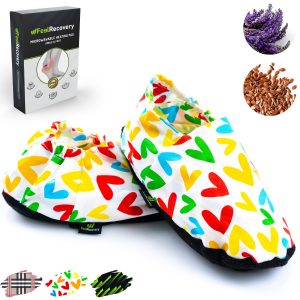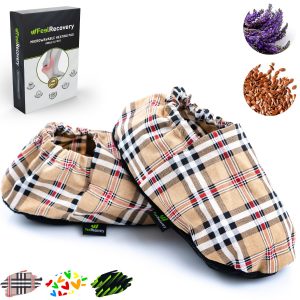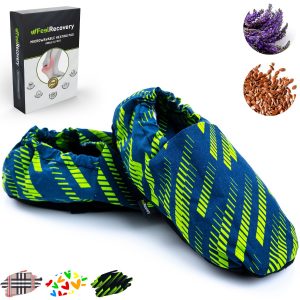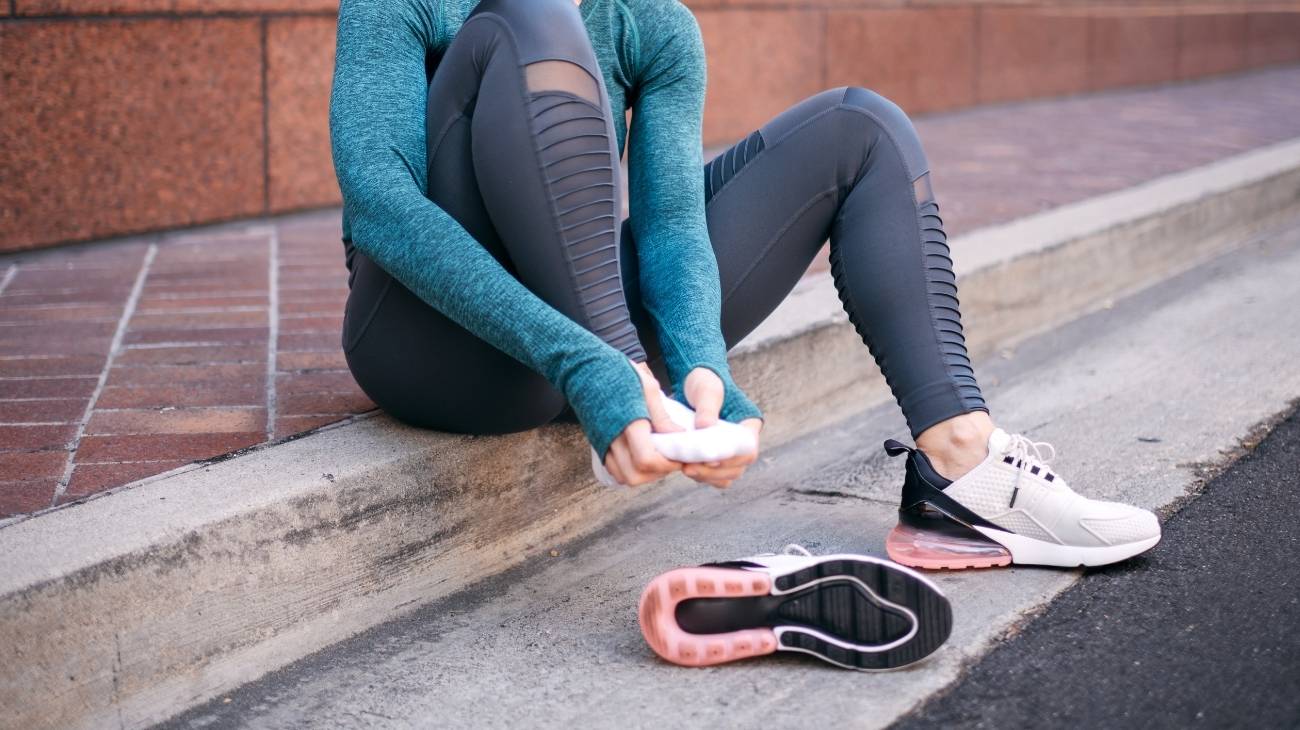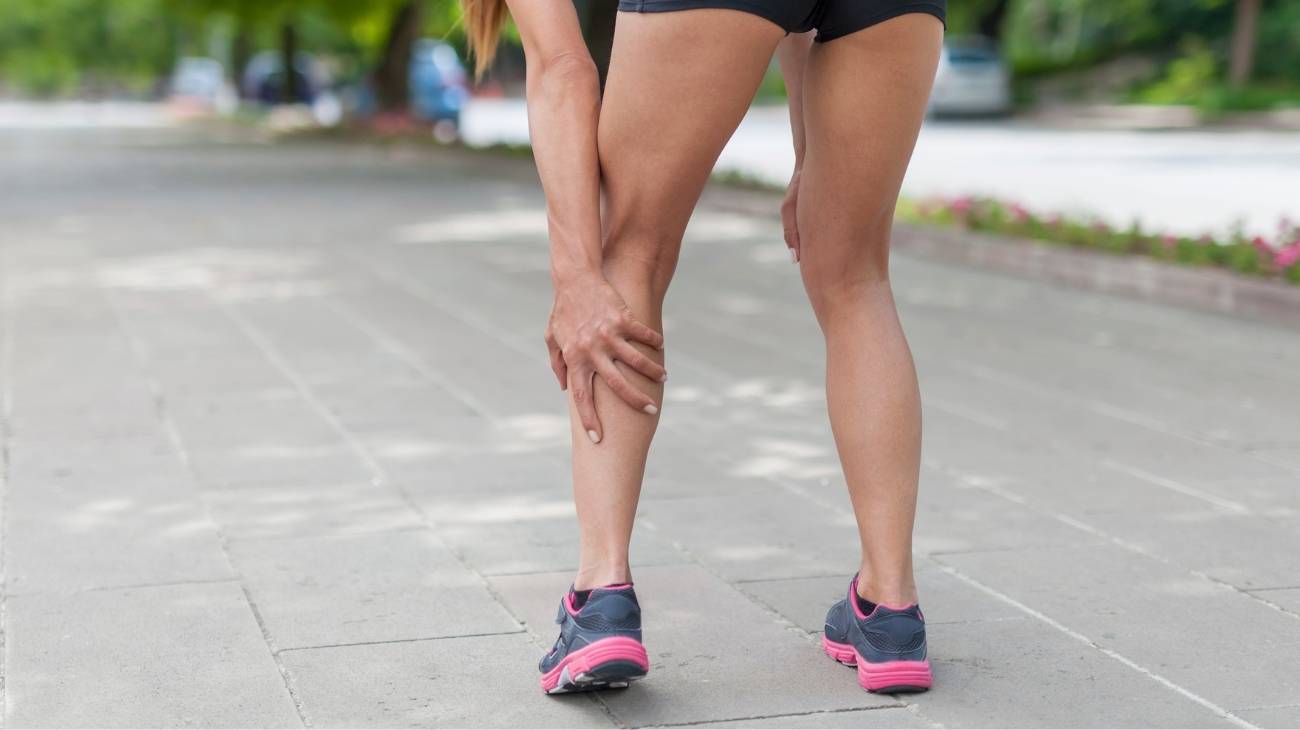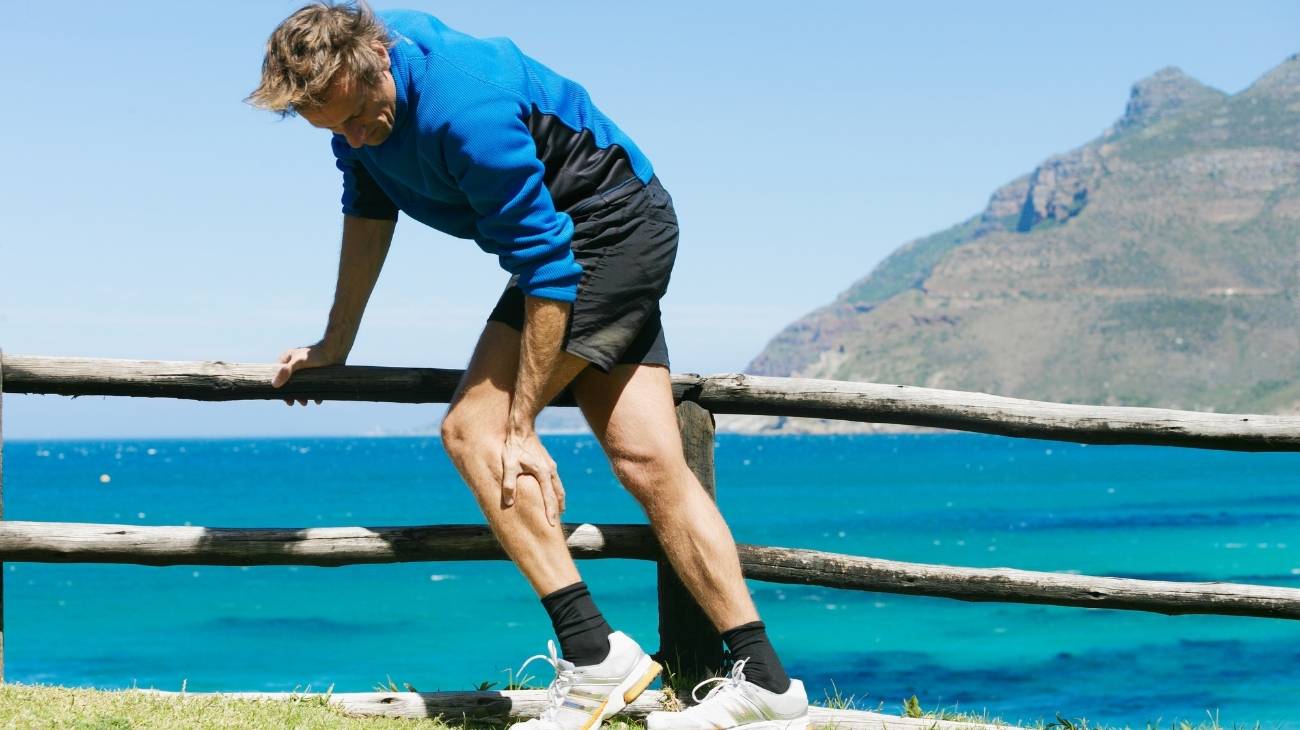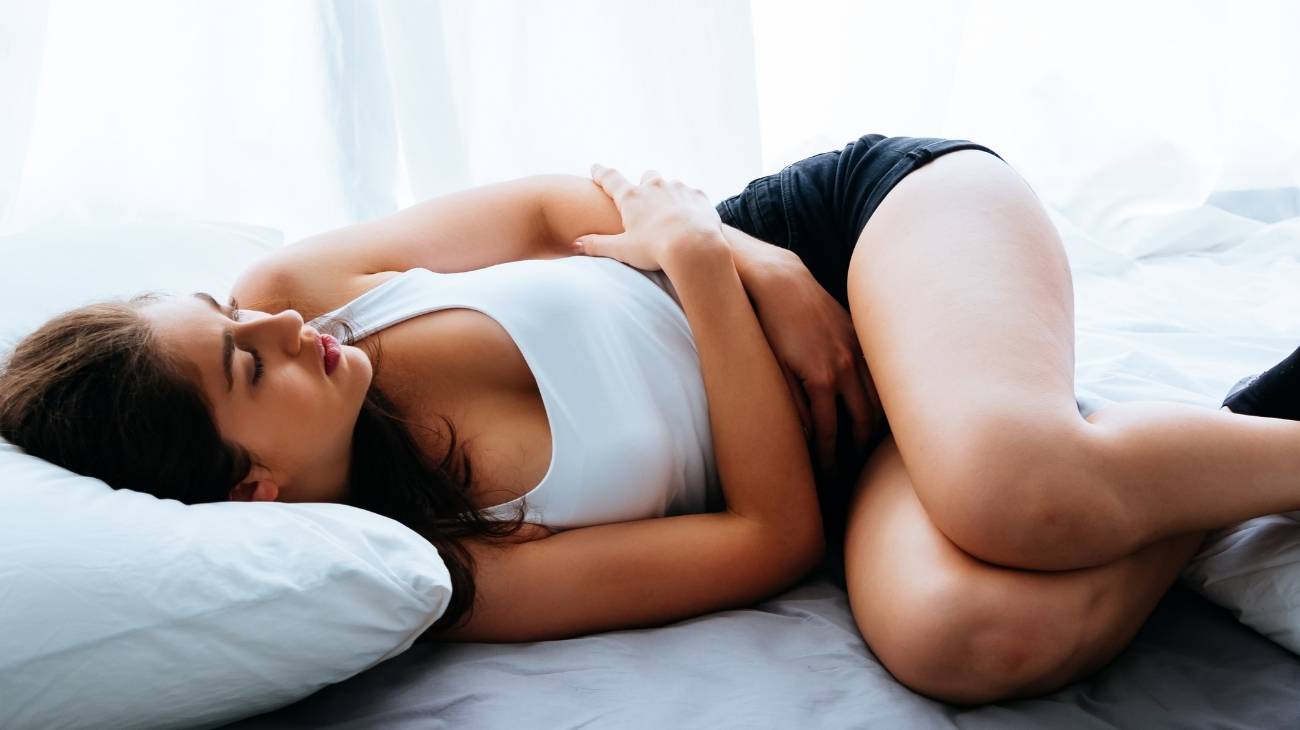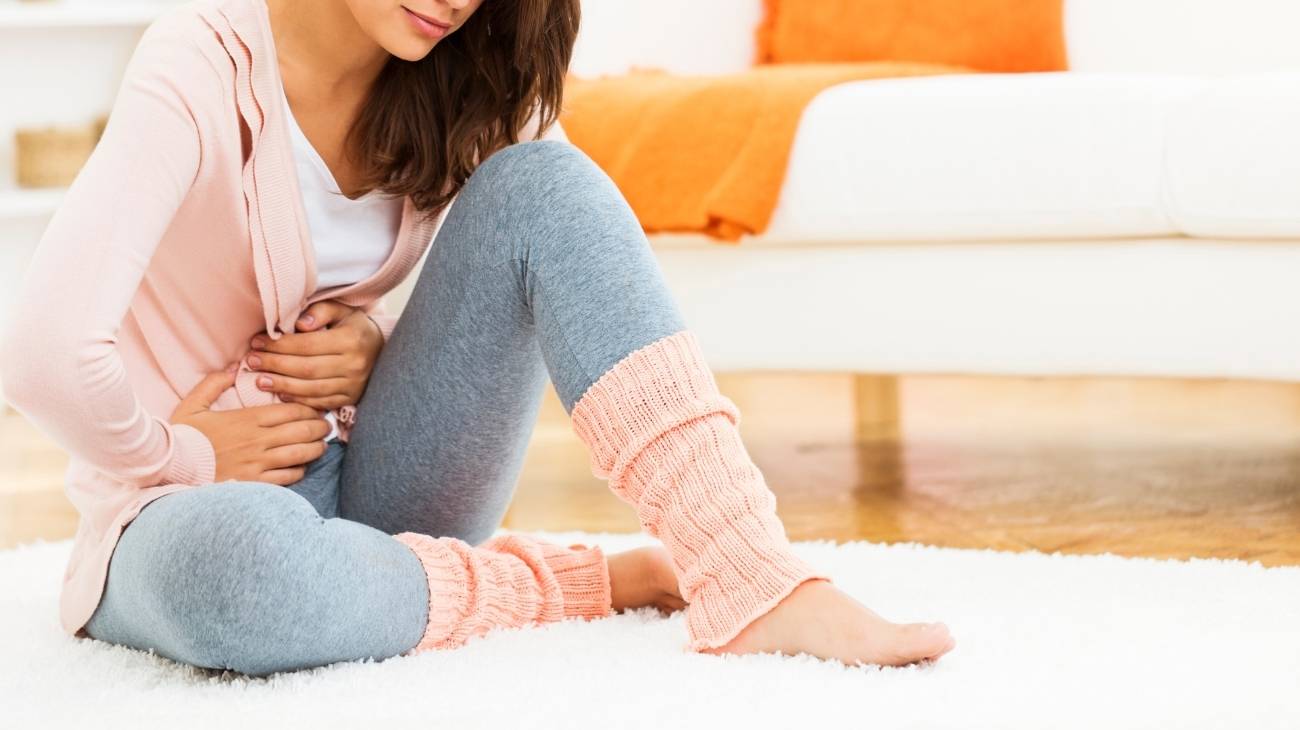Foot and toe cramps can severely impact your daily routine, causing discomfort and restricting mobility. These cramps, often caused by overuse, dehydration, or underlying conditions, need effective solutions to alleviate pain and prevent recurrence. Feel Recovery offers a carefully curated selection of products tailored to address these issues, promoting better foot health and comfort.
Heated therapy slippers are a popular choice for soothing cramped muscles in the feet. The application of heat enhances blood circulation, relaxes muscles, and reduces stiffness, providing almost instant relief. These slippers are perfect for those experiencing recurring cramps or cold feet, ensuring warmth and comfort with every use.
For targeted support, compression sleeves for the feet and toes are highly effective. These sleeves work by enhancing blood flow, reducing swelling, and providing gentle support to fatigued muscles. They are especially beneficial for athletes or individuals who stand for long periods, as they offer preventive care and post-activity recovery benefits.
Foot massagers provide a deeper level of relief by targeting pressure points and relieving tension in the foot muscles. These devices not only address cramps but also improve overall foot health by promoting relaxation and flexibility. Regular use of foot massagers can help prevent the recurrence of cramps by keeping the muscles supple and well-conditioned.
To ensure effective relief, combining therapies can offer maximum benefits. For example, alternating between heat therapy and compression can significantly reduce muscle tension and enhance recovery. Additionally, incorporating massage techniques with these products ensures comprehensive care, addressing both acute pain and underlying causes.
Another innovative solution is the use of electrotherapy devices, such as TENS units. These devices provide gentle electrical stimulation to soothe muscle cramps and promote faster recovery. They are easy to use and highly effective in managing both acute and chronic muscle pain in the feet and toes.
Maintaining hydration and performing foot-specific stretching exercises are also essential in managing cramps. Stretching helps improve flexibility and reduce muscle tension, while hydration ensures optimal muscle function. Pair these practices with the right products to achieve long-lasting relief and prevent future occurrences.
Feel Recovery’s range of products is designed with your comfort and recovery in mind. Whether you choose heated slippers, compression sleeves, or foot massagers, you’ll experience enhanced relief and improved mobility. Trust our solutions to provide the support and care your feet deserve, ensuring a pain-free, active lifestyle.
FAQ: Frequently Asked Questions
What are the main benefits of using these products?
The main benefits include improved blood circulation, reduced muscle tension, and faster recovery from foot and toe cramps. Products like heated slippers and compression sleeves also prevent future cramps by enhancing muscle health.
How do I choose the best product for my cramps?
Choose based on the severity of your cramps and your lifestyle. Heated slippers are ideal for cold-induced cramps, while compression sleeves work well for active individuals. Foot massagers are great for deep tissue relief.
Are these products safe for daily use?
Yes, all products are designed for regular use. They are made from high-quality, skin-safe materials to ensure comfort and safety during extended use.
How should I maintain these products?
Most products are easy to maintain. Heated slippers usually have removable covers for washing, while compression sleeves can be hand-washed with mild detergent. Follow the manufacturer’s instructions for longevity.
When can I expect results?
Results vary depending on the product and severity of cramps. Immediate relief is common with heat therapy and massage, while long-term improvements may take a few weeks of consistent use.




